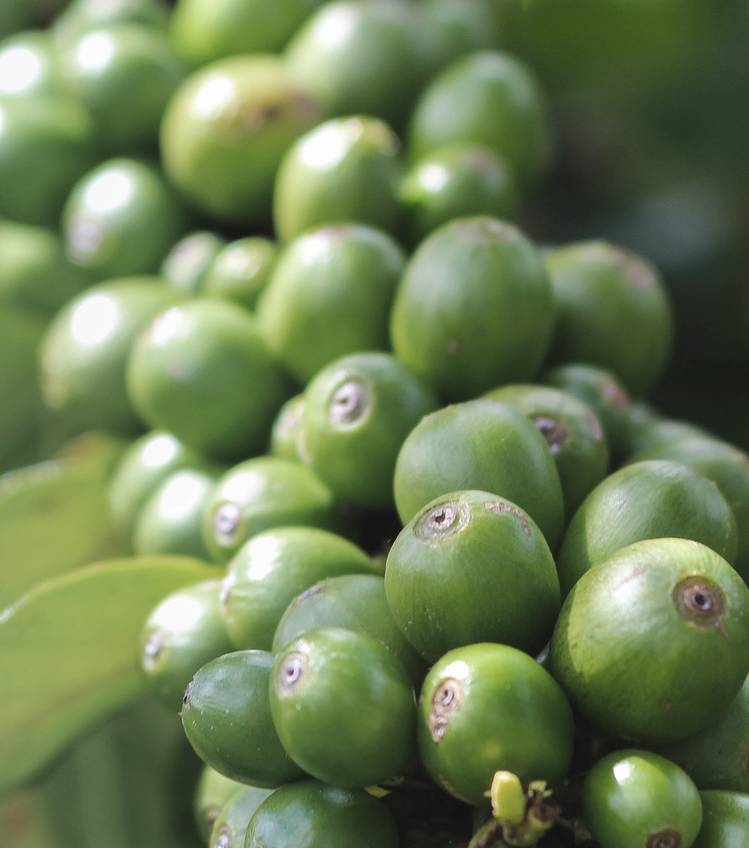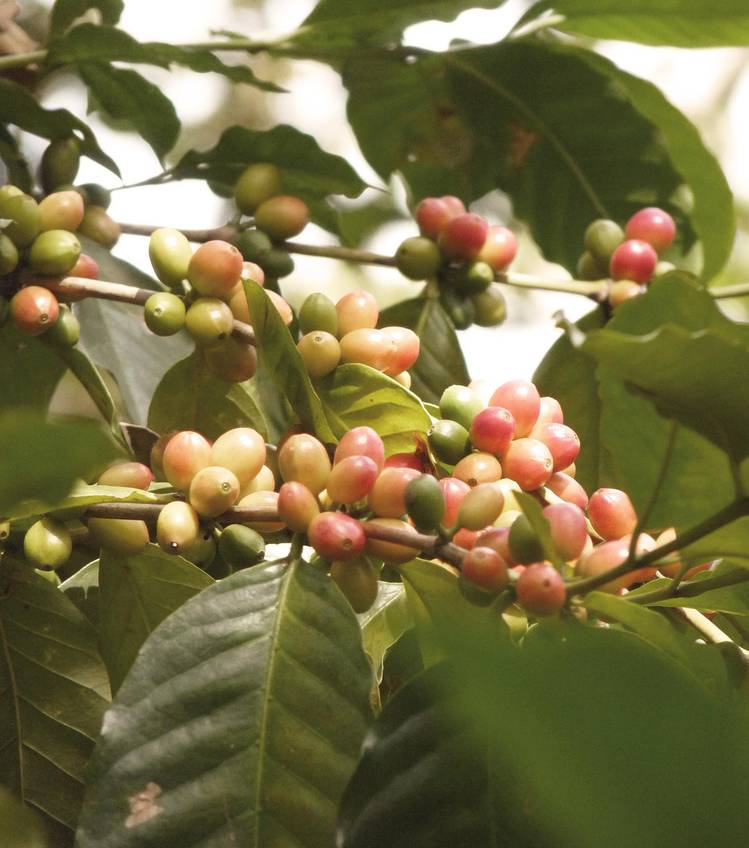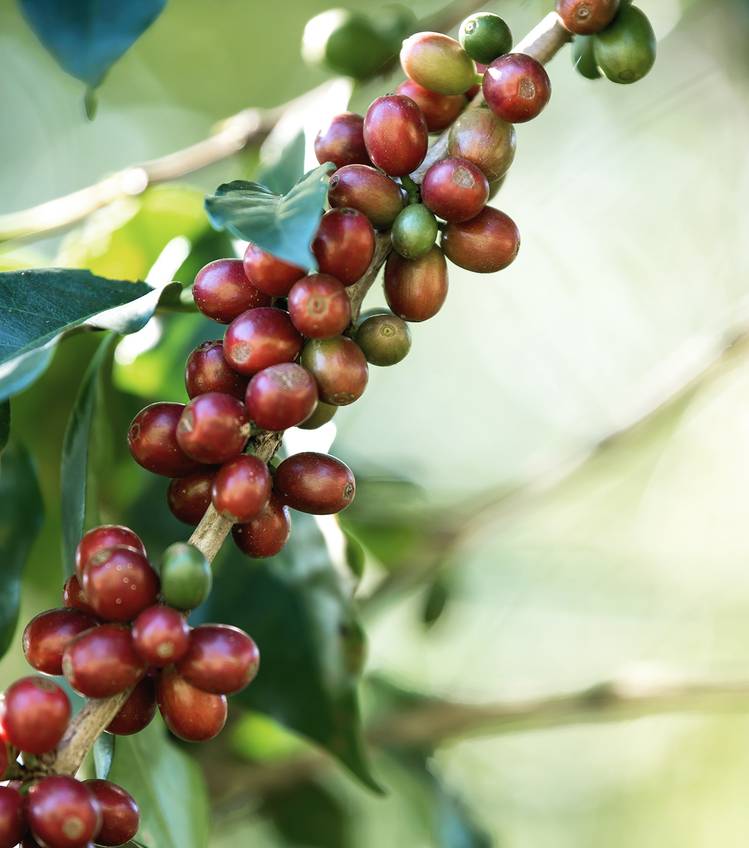You are using an outdated browser. To have the best experience use one of the following browsers:
THE COFFEE BEAN - SOON RIPE SOON ROTTEN
The development of the coffee plant, Lat. coffea, follows its very own rhythm. While the flower buds open up and flower, pollen is released and fertilisation occurs within just a few days, it takes comparatively long for the fruit of the coffee plant to reach maturity.
Maturing takes very different lengths of time depending on the climate and … read more
The development of the coffee plant, Lat. coffea, follows its very own rhythm. While the flower buds open up and flower, pollen is released and fertilisation occurs within just a few days, it takes comparatively long for the fruit of the coffee plant to reach maturity.
Maturing takes very different lengths of time depending on the climate and the condition of the soil and differs considerably for the individual types of coffea – the coffee cherries of robusta coffee take about nine to eleven months to ripen, whereas those of arabica coffee take six to eight months.
During maturation the ovary usually develops into a double-seed stone fruit the shape of which is round to elongated and pointed, while the fruit of robusta coffee are slightly smaller and rounder. During maturation the coffee cherry changes colours – from the initial green it soon turns yellow, and the ripe fruit finally shines in bright red. A look into the interior of the coffee cherry shows: the two seeds, the actual coffee beans, are surrounded by whitish yellow, sweet pulp and face each other with their flat sides which have the typical longitudinal groove. The two coffee beans are also surrounded by the seed skin, the so-called silver skin, a thin mucous layer as well as the pale yellow parchment. In this condition the matured coffee cherries can now be harvested and processed.
close




